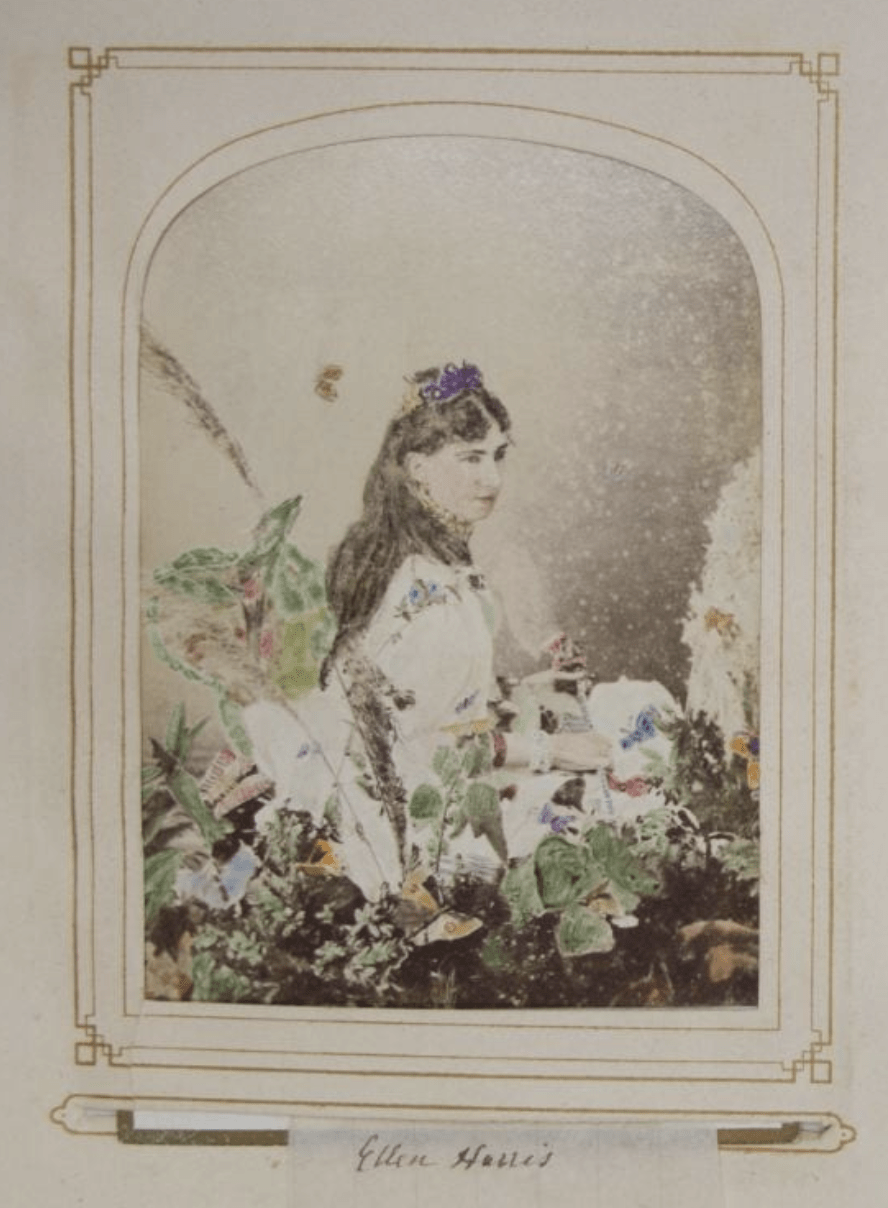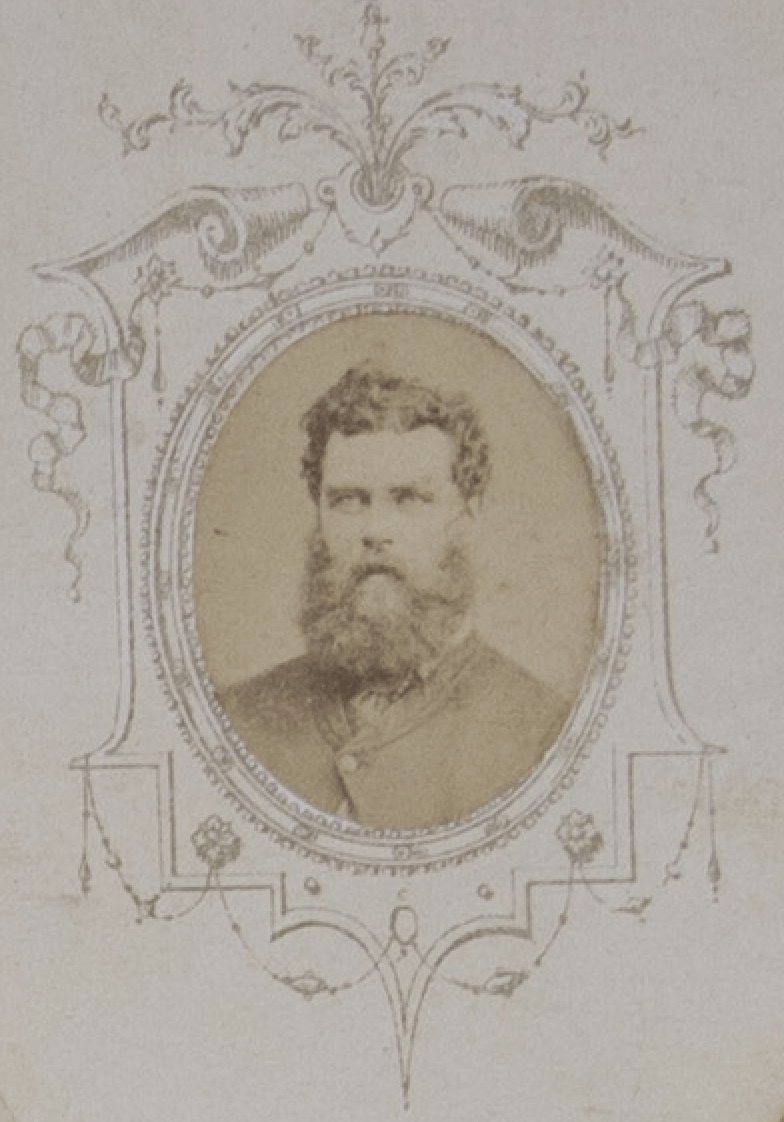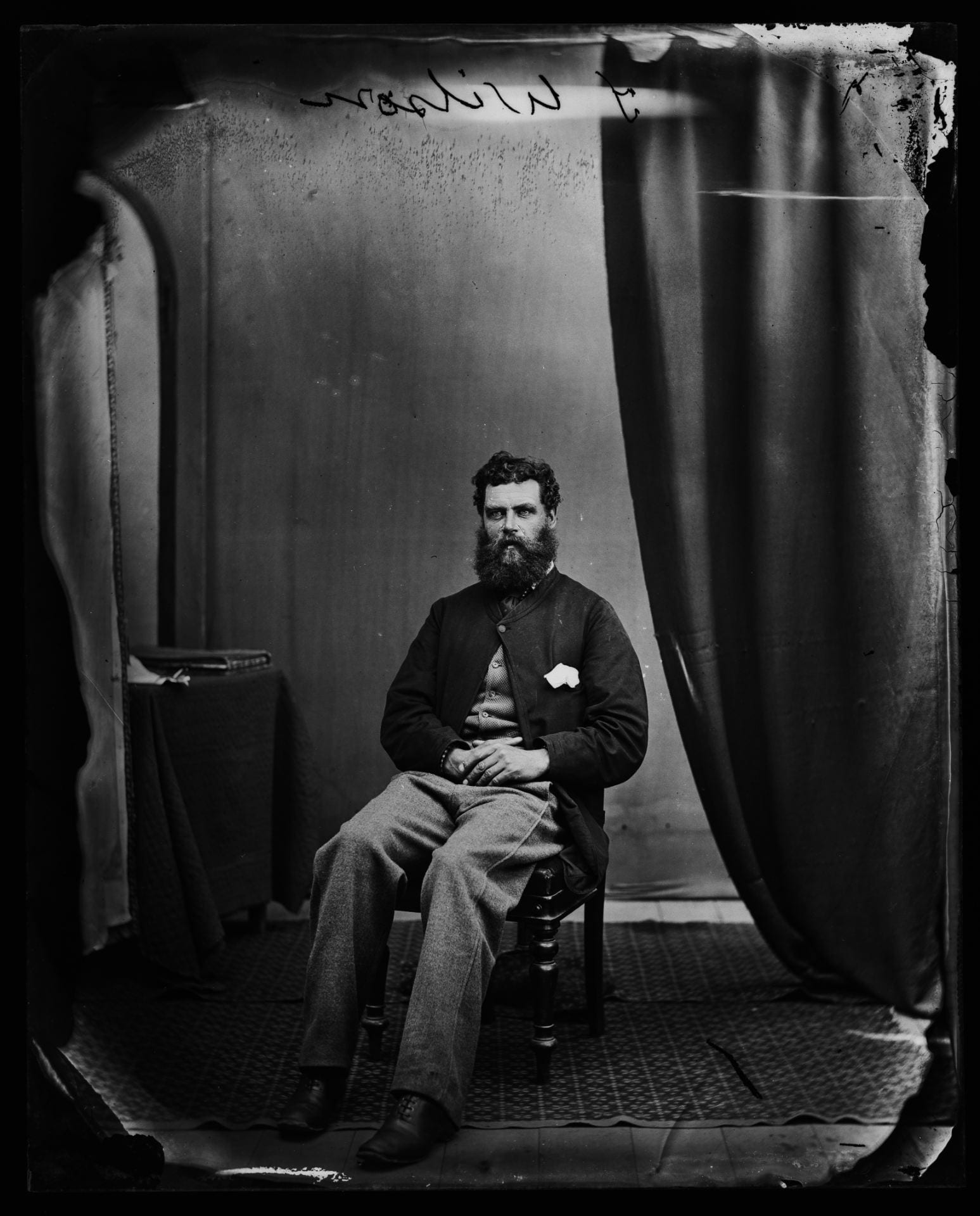By Michele Leggott

A second year on the website and we’ve been able to upload two of Edwin Harris’s sketchbooks from the 1870s and 1880s while working on the big project of editing Emily’s two diaries from Puke Ariki. The diaries will be completed early in 2021 in 12 sections with full contextual notes. We’re calling the project Drawing Lines, to link it to Writing Lines, Emily’s earlier letters and diary excerpts. When the diaries are uploaded, the website will carry three significant phases of the Harris story in the family’s own words:
The Family Songbook: Harris Letters and Memoirs 1840-1853
Writing Lines: Emily Harris Letters and Diary Excerpts 1860-1863
Drawing Lines: Emily Harris Diaries 1885-1891
Key to our research this year has been Papers Past, Ancestry and the fabulous photographic collections at Nelson Provincial Museum. Time and again we found ourselves on the track of biographical data via newspaper accounts, aggregated records and studio portraits that sometimes allowed us to make stunning discoveries. Tracing English artist Mrs Charlotte Hardcastle to a collection of botanical watercolour studies in the collection of the Sarjeant Gallery, Whanganui, is a case in point. Identifying the exact locale of Edwin’s multiple sketches of a scene on the banks of the Maitai River is another. Sisters at a Glance, our extended series of posts assembling all known photographic images of the seven Harris daughters, would not have been possible without the resources at NPM. By matching portraits in the family album with their originating images in the museum, we were able to identify several of the sisters, including Ellen Harris in fancy dress as the Queen of the Butterflies.

The family album and NPM images also confirmed a visual identity for James Upfill Wilson, the man Emily Harris appears to have had a romantic connection with in the 1870s before his unfortunate death in the Nelson Lunatic Asylum in 1878. Two photos of James Wilson, and a duplicate print of each image on successive pages of the family album, are testimony to the importance of James to the Harris milieu.


We’ve used the blog to chase up archival stories and where possible to use posts in the notes for Drawing Lines, thereby extending the range of voices underpinning Emily’s own words. In this way, the social and artistic life of Nelson comes into focus. Textually, posts about the identities of Mrs Matilda Buckeridge and Mrs Deborah Corrigan gave us a wider view of Emily’s friendships. In the case of the mysterious ’Ned’s dress,’ they also led to an NPM photograph of children costumed for a Maypole dance with their instructors in the background. We think the woman on the left is Emily Harris.
We would like to thank guests Nigel Overton, Catherine Field-Dodgson (1, 2) and Kathryn Mercer for their contributions and expertise. Curator Jennifer Taylor Moore from the Sarjeant Gallery made the Hardcastle watercolours the focus of a column for the Whanganui Chronicle, highlighting Charlotte’s connection with Emily Harris. Plymouth historians Graham Naylor and Clive Charlton weighed in with local knowledge as we assessed the possibility that Corbyn Harris’s slate headstone at St Mary’s in New Plymouth was sourced from Devon or Welsh quarries. Researcher Kate Marsden was able to confirm that her namesake was indeed the Miss Kate Marsden of the camping trip beyond Nelson’s Happy Valley at Christmas New Year 1888-89, ahead of that lady’s later adventures in Siberia. And so the circles widen.
Now we welcome summer scholar Toyah Webb who will work with the team to develop a video presentation of Emily’s story foregrounding her diary excerpts and the immense labour of the handcoloured sets of New Zealand Flowers, Berries and Ferns. It’s going to be an exciting summer bringing Emily out of the archive and into contemporary creative practice.

